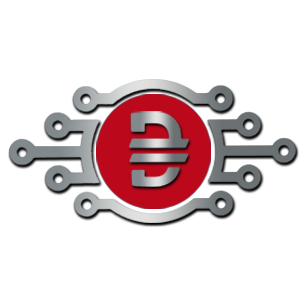Our Expertise
Digizai’s as-a-Service (aaS) model helps organizations adopt technology-enabled and consumption-based services to drive disruptive value, increased agility, and desired business outcomes. The company leverages its expertise in integrating software, infrastructure, business processes, professional services, and industry ecosystems to deliver optimized business processes, enriched insights, smart applications, and intelligent infrastructure.
Powered by advanced technologies such as automation, analytics, cloud, security, social, and others, Digizai’s aaS offerings are based on both Digizai’s proprietary technology and third-party IP, platforms, knowledge capital, insights from curated data sets, and best practices from years of global experience.
The adoption of Digizai’s aaS model helps organizations achieve the following five enterprise objectives:
- Agility: Rapid delivery and deployment of services and the ability to scale services on demand.
- Standardization: Standardization of processes and cost benefits through time-to-market efficiencies.
- Flexibility: The ability to choose from a range of technology platforms and to quickly adapt to matured platform changes, avoiding vendor lock-in.
- Inclusiveness: Sharing of information and resources across the ecosystem of partners to facilitate collaboration and integration.
- Frugal Operations: The ability to exercise judicious incremental spending and align expenditure with operating impact, linking sourced services to business outcomes.
Characteristics
SaaS applications similarly support what is traditionally known as application configuration. In other words, like traditional enterprise software, a single customer can alter the set of configuration options (a.k.a. parameters) that affect its functionality and look-and-feel. Each customer may have its own settings (or: parameter values) for the configuration options. The application can be customized to the degree it was designed for based on a set of predefined configuration options.
SaaS applications are often updated more frequently than traditional software,[22] in many cases on a weekly or monthly basis. This is enabled by several factors:
- The application is hosted centrally, so an update is decided and executed by the provider, not by customers.
- The application only has a single configuration, making development testing faster.
- The application vendor does not have to expend resources updating and maintaining backdated versions of the software, because there is only a single version.[23]
- The application vendor has access to all customer data, expediting design and regression testing.
- The solution provider has access to user behavior within the application (usually via web analytics), making it easier to identify areas worthy of improvement.
Accelerated feature delivery is further enabled by agile software development methodologies.[24] Such methodologies, which have evolved in the mid-1990s, provide a set of software development tools and practices to support frequent software releases.
Because SaaS applications cannot access a company’s internal systems (databases or internal services), they predominantly offer integration protocols[25] and application programming interfaces (APIs) that operate over a wide area network. Typically, these are protocols based on HTTP, REST, and SOAP.
The ubiquity of SaaS applications and other Internet services and the standardization of their API technology has spawned development of mashups, which are lightweight applications that combine data, presentation and functionality from multiple services, creating a compound service. Mashups further differentiate SaaS applications from on-premises software as the latter cannot be easily integrated outside a company’s firewall.
Inspired by the success of online social networks and other so-called web 2.0 functionality, many SaaS applications offer features that let their users collaborate and share information.
For example, many project management applications delivered in the SaaS model offer—in addition to traditional project planning functionality—collaboration features letting users comment on tasks and plans and share documents within and outside an organization. Several other SaaS applications let users vote on and offer new feature ideas.
OpenSaaS refers to software as a service (SaaS) based on open source code. Similar to SaaS applications, Open SaaS is a web-based application that is hosted, supported and maintained by a service provider. While the roadmap for Open SaaS applications is defined by its community of users, upgrades and product enhancements are managed by a central provider. The term was coined in 2011 by Dries Buytaert, creator of the Drupal content management framework.
OpenSaaS refers to software as a service (SaaS) based on open source code. Similar to SaaS applications, Open SaaS is a web-based application that is hosted, supported and maintained by a service provider. While the roadmap for Open SaaS applications is defined by its community of users, upgrades and product enhancements are managed by a central provider. The term was coined in 2011 by Dries Buytaert, creator of the Drupal content management framework.


